6 Finding the Right Baking Soda Swap for Cakes
Baking soda substitute options become essential when halfway through a recipe you realize the box in your pantry is empty.
A frustrating moment that many home cooks have faced during cake preparation often sparks a scramble for alternatives.
These replacement ingredients can save a baking project without sacrificing texture or taste.
The science behind such substitutions involves understanding how leavening agents work to create the perfect rise.
With just a few pantry staples, most baking emergencies can be resolved without a trip to the store.
Experienced bakers know that adaptation is part of the culinary art, making substitution knowledge incredibly valuable.
After reading our complete guide, you'll never worry about running out of baking soda again during your cake-making adventures.
Baking Soda Replacements to Try
Baking soda running out doesn’t mean abandoning your plans, because another leavening choice can step in and perform the same role. By making this switch, you keep your recipe on schedule without setbacks.
Baking Powder
Baking powder is the most reliable substitute for baking soda, though you'll need to use two to three times more since baking powder already contains an acid while baking soda doesn't.
Three teaspoons of baking powder can replace one teaspoon of baking soda in most recipes, giving similar rising results.
When making this swap, consider reducing acidic ingredients since they may not be necessary with baking powder's built-in acid component.
The taste might become slightly saltier after substitution, so cutting the recipe's salt in half can help maintain flavor balance.
Proper adjustments allow for successful baking even when your pantry is missing one of these essential leavening agents.
Self Rising Flour
Substituting self-rising flour for baking soda in recipes can be a real time-saver when you're short on ingredients.
Each cup of self-rising flour contains 1½ teaspoons of baking powder, making it easy to calculate how much you need based on your recipe requirements.
Since this specialty flour already includes salt, you don't need to add any more to your mix - just replace regular flour with the self-rising variety and skip the salt entirely.
The baking powder in self-rising flour might require some adjustments to acidic ingredients; for example, omit cream of tartar completely or swap buttermilk for regular milk.
Egg Whites
Substituting whipped egg whites for baking soda creates natural lift in recipes without chemical additives.
Those stiff peaks introduce tiny air bubbles throughout your batter, making cakes and pastries rise beautifully during baking.
Proper technique requires gently folding the whites into your mixture rather than stirring, which preserves those delicate air pockets essential for good results.
Home bakers should remember to reduce other liquids in the recipe by the same amount as the egg whites added - typically a quarter cup adjustment works perfectly.
Many classic recipes actually rely on this method for their signature texture, particularly angel food cakes and certain types of soufflés where lightness is absolutely essential.
Bakers Ammonia
Bakers ammonia served as the main leavening agent before baking soda entered the culinary scene, and some recipes still include this ingredient today despite its evolution over time.
Many bakers appreciate how this substance creates exceptionally light and crisp textures in cookies and crackers that are hard to achieve with modern alternatives.
The strong ammonia smell completely disappears during baking, leaving no trace in the final product's taste or aroma.
For last-minute situations, you can substitute it in a simple 1:1 ratio for baking soda or powder when needed.
Some experimentation might be necessary since this classic ingredient doesn't perform equally well in all recipes, particularly those requiring significant moisture.
Salt & Potassium Bicarbonate
Potassium bicarbonate is an excellent 1:1 substitute for baking soda in recipes, especially for people monitoring their sodium intake due to its sodium-free composition.
Medical professionals often recommend it in antacids and as a treatment for hyperkalemia because of its beneficial properties.
The primary difference between potassium bicarbonate and regular baking soda lies in the absence of salt, which might affect the flavor profile of your baked goods.
Many home bakers add between 1/4 to 1/2 teaspoon of salt for each teaspoon of potassium bicarbonate to maintain the expected taste.
Whipping Cream
Substituting whipped cream in baked goods offers a delicious alternative when eggs aren't available.
Professional bakers like Ree Drummond from Pioneer Woman recommend this swap primarily for simple recipes such as pancakes or denser treats like cookies.
The process involves replacing milk, yogurt, or buttermilk with an equal amount of cream whipped to stiff peaks, then carefully folding it into your batter to maintain those precious air bubbles.
For recipes that originally called for acidic ingredients, adding a small amount of lemon juice helps preserve the expected flavor profile.
The Role of Baking Soda in Cake Recipes
Baking soda is a key ingredient in cake recipes, helping your cakes rise and turn out light, fluffy, and evenly baked every time:
Adjusting Acidity When Swapping Leaveners
When you swap baking soda for baking powder or vice versa in your recipes, it’s important to think about the acidity in your batter so your cakes, muffins, or breads rise properly and taste their best:
Understand How Each Leavener Works
Baking soda is a base and needs an acidic ingredient to react (like buttermilk, yogurt, lemon juice, or vinegar). Baking powder has its own acid and just needs liquid and heat, so it's more versatile.
If Swapping Baking Soda for Baking Powder
Use about three times as much baking powder to match baking soda’s rising power. Since baking powder includes acid, reduce acidic ingredients to avoid too much tang and keep the taste balanced.
If Swapping Baking Powder for Baking Soda
Add extra acid for the baking soda to work. For every ½ tsp baking soda, add 1 Tbsp vinegar, lemon juice, or yogurt. This ensures the batter bubbles up and bakes light, not flat.
Mind the Taste and Texture
Too much acid can make cake sour; too little can cause a metallic or soapy taste. Taste after changes and adjust gradually for the best results.
Popular Questions About Baking Soda Substitutes in Cakes
1. What can I use instead of baking soda in cakes?
You can use baking powder, self-rising flour, whipped egg whites, or potassium bicarbonate as substitutes for baking soda in cake recipes.
2. How much baking powder should I use to replace baking soda?
Use about three times more baking powder than baking soda. For example, replace 1 teaspoon of baking soda with 3 teaspoons of baking powder.
3. Will using a substitute affect the rise of my cake?
Substitutes like baking powder can still help your cake rise, but the texture might be slightly different compared to cakes made with baking soda.
4. Can I use self-rising flour instead of baking soda?
Yes, but you may need to adjust other ingredients, as self-rising flour already contains baking powder and salt.
5. Will the flavor of my cake change if I use a substitute?
Some substitutes may have a milder flavor or add slight saltiness, but the change is usually not very noticeable in most cake recipes.
6. Are there any natural alternatives to baking soda for cakes?
Beaten egg whites, club soda, or sour milk can add lift to cakes, though they are less effective than baking soda for leavening.

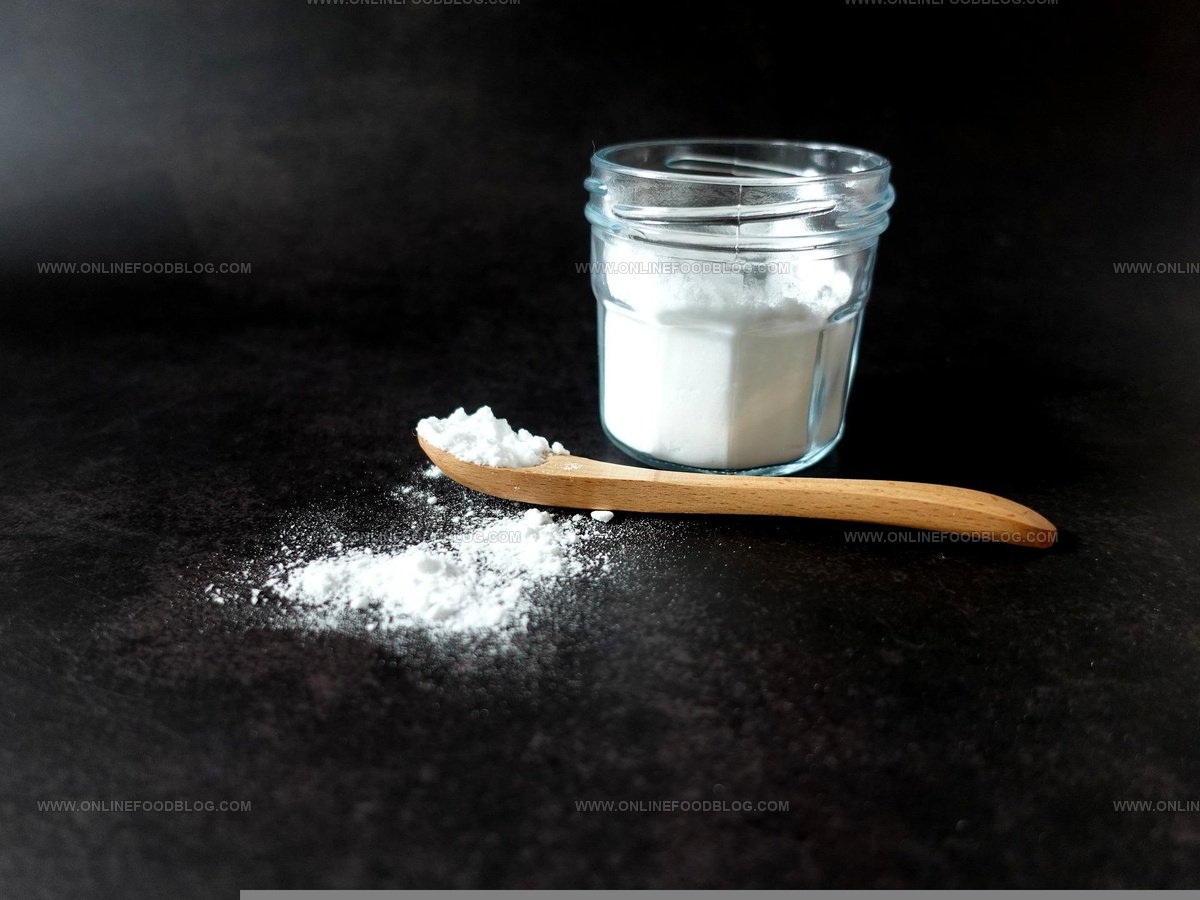
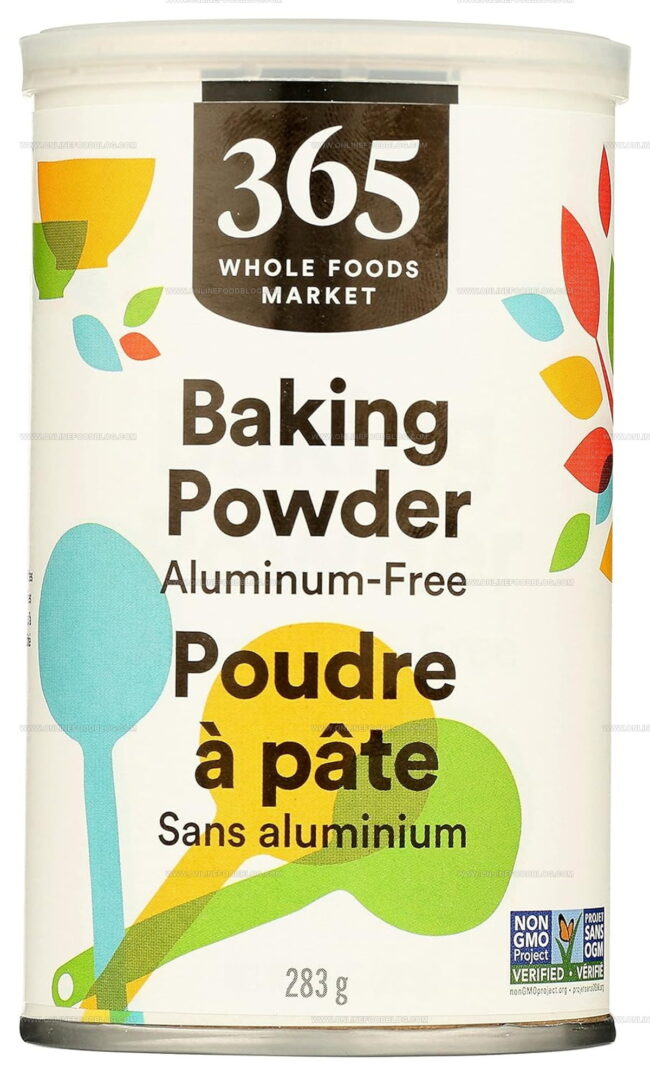
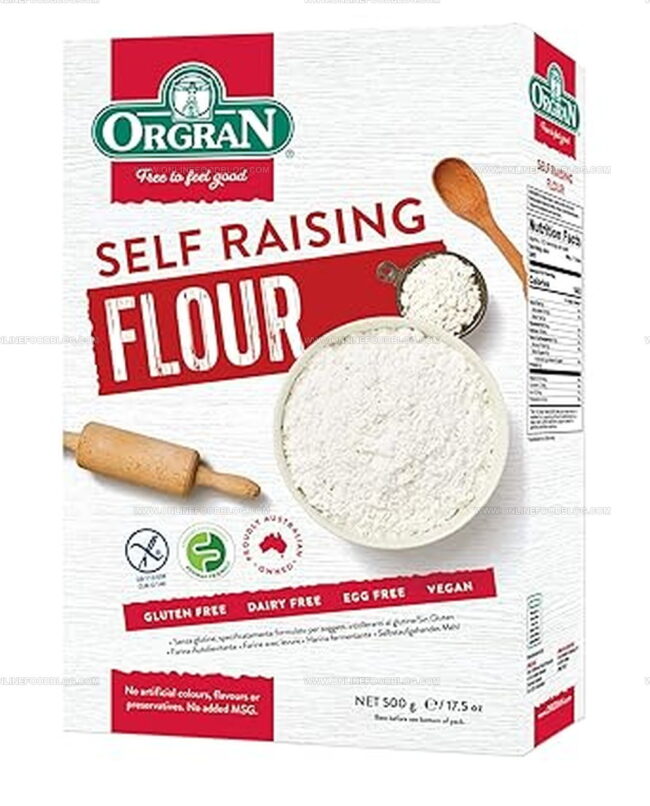
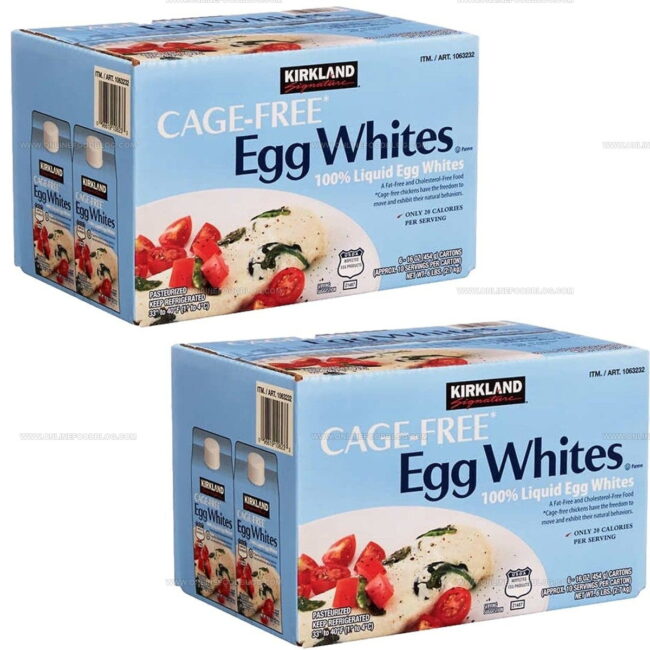
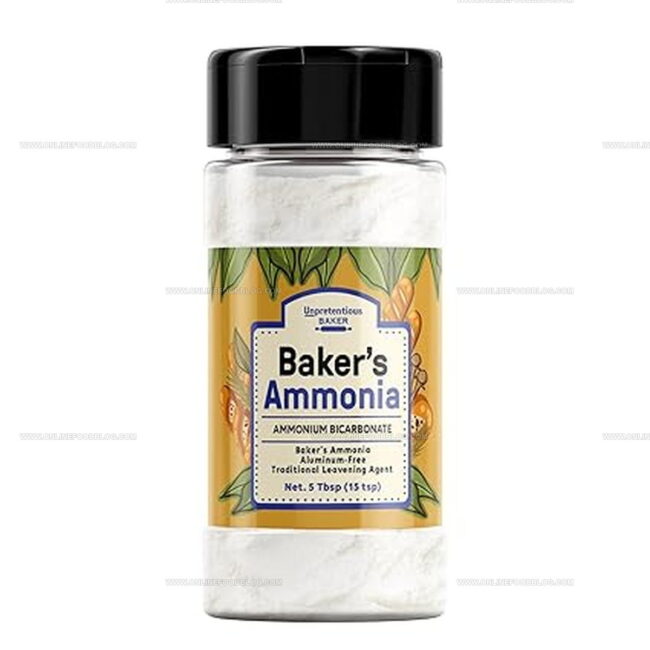
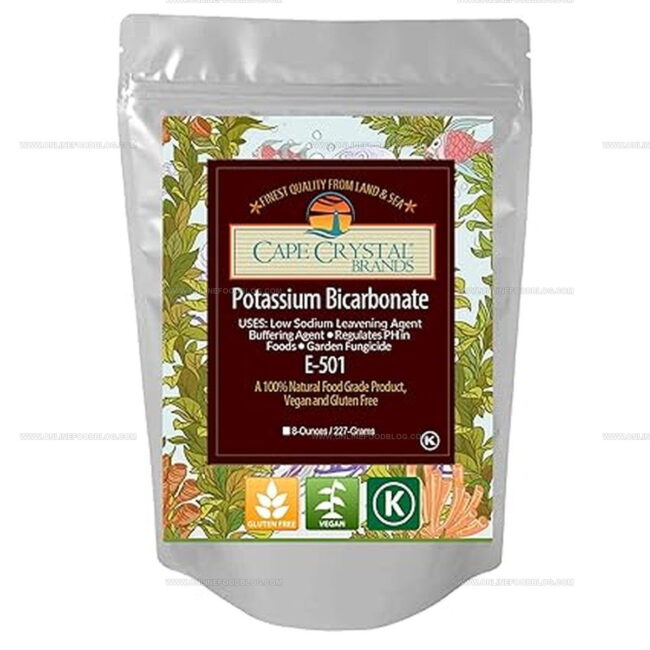
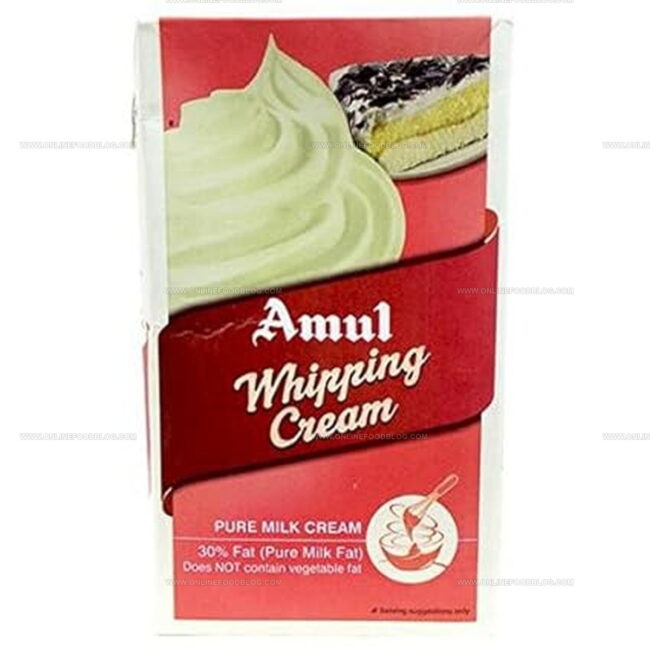
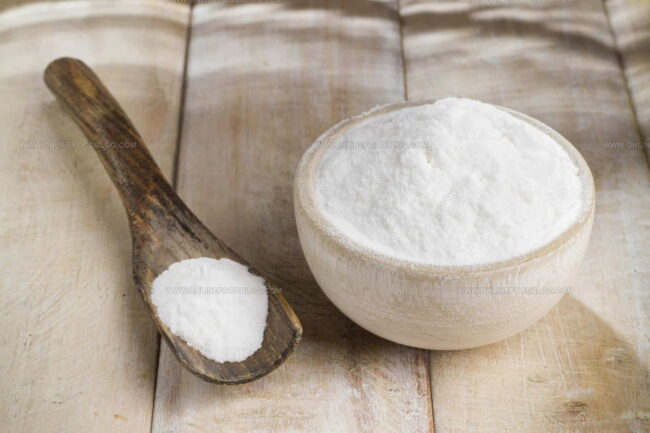
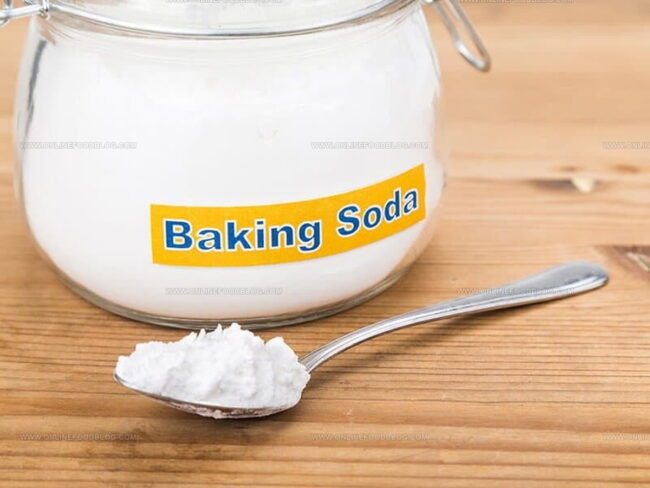
Lucas Bennett
Founder & Recipe Creator
Expertise
Simple Everyday Recipes, Sustainable Cooking Practices, Creative Meal Planning, Recipe Testing and Improvement
Education
Fox Valley Technical College, Appleton, Wisconsin
Lake Superior College, Duluth, Minnesota
Lucas Bennett’s cooking journey started in his parents’ kitchen, where he learned to prepare tasty, no-fuss meals from scratch. His culinary passion led him to Fox Valley Technical College, where he gained practical cooking skills.
He then expanded his focus on sustainability at Lake Superior College. Today, Lucas shares easy, approachable recipes designed to make cooking enjoyable and stress-free for everyone.